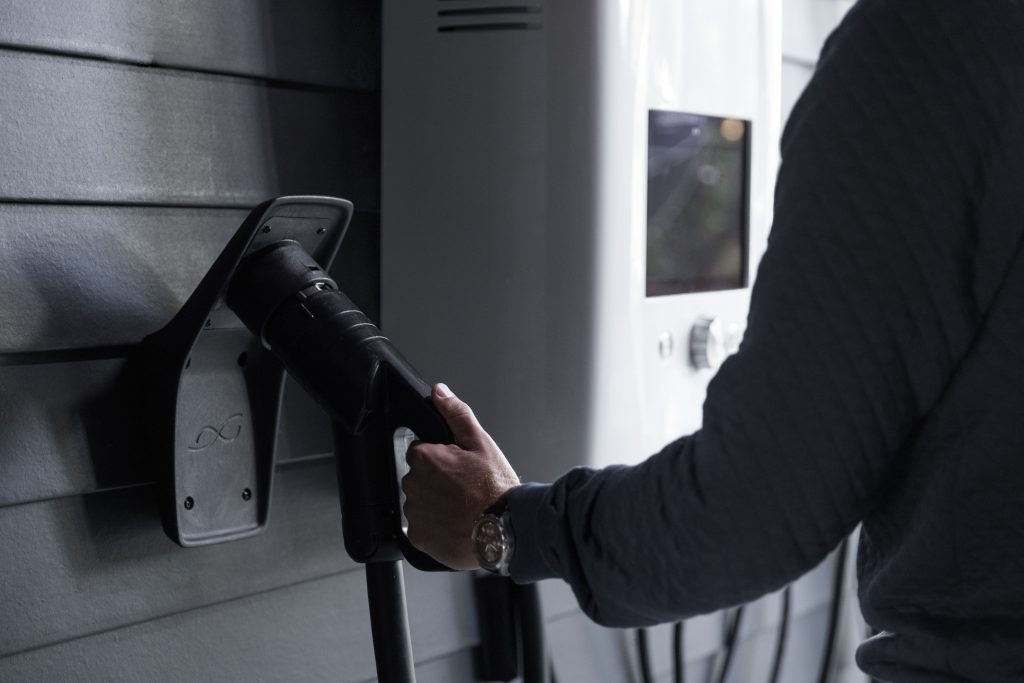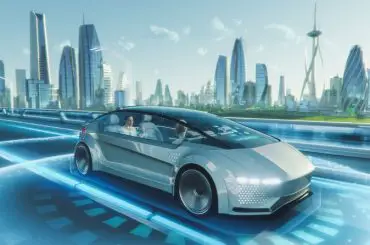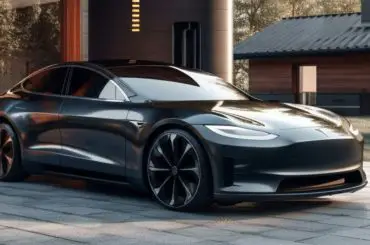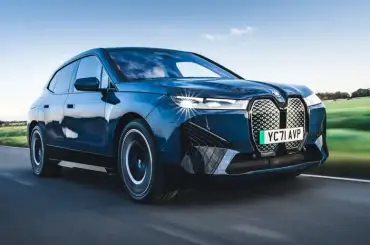Is charging an electric vehicle as simple as it seems? Well, it is definitely more complicated than charging your phone. When it comes to electric vehicle charging, you have two options. Either recharge at charging stations on-road or set up your own residential EV charger at home. Read this article for more information on residential charging.
EV charging can save you from ever having to stop at gas stations. But that means you still have to find a way to charge your device. I know you are impatient to start charging your car but wait. Before we move on to showing how to charge your electric vehicle, there are a few facts about EV charging you need to understand.
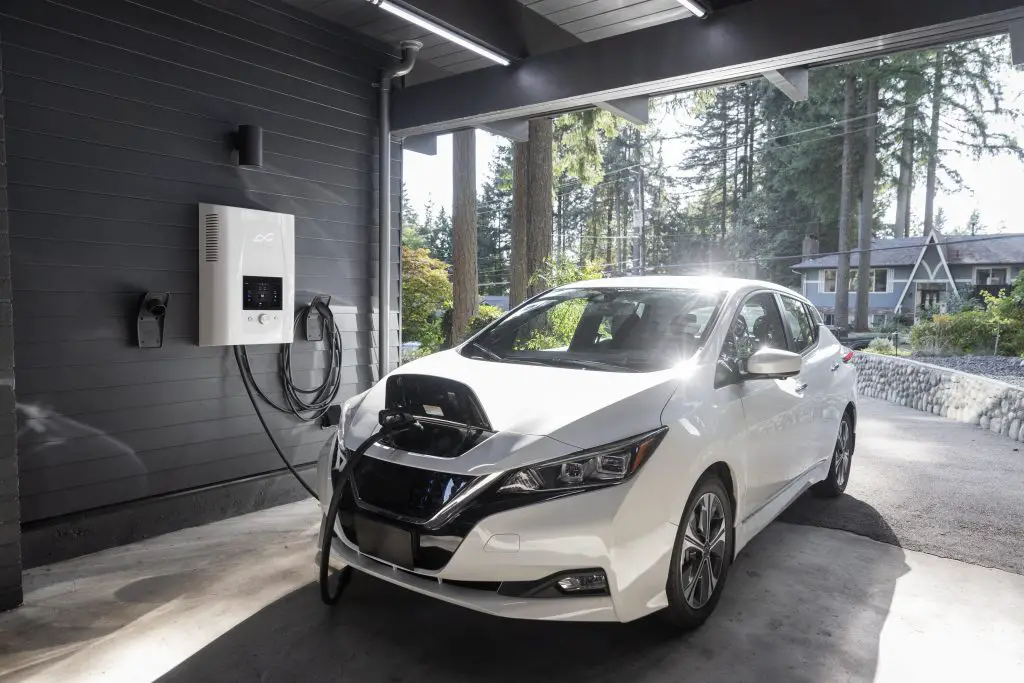
Contents
Why charge your electric vehicle with an EVSE?
Does the term sound complicated? It shouldn’t be. EVSE stands for Electric Vehicle Supply Equipment. EVSE holds many functions, the most basic of which is to charge your car. It also controls and prevents your car from electric shortages, power surges, or malfunctioning. The EVSE includes a charging unit and cable that connects your car to an electric source. Most EVs have standardized the EVSE plug, commonly known as the J1772 connector. There are two types of EVSE.
Level 1
This type comes with every EV and is adaptable to a standard household power outlet. It charges at a rate of 110-120v, and as you can imagine, level 1 charging is very. Very. Slow.
However, Level 1 charging is sometimes the only option for some EVs that don’t support power charging and needs low current charging. If Level 1 charging is your only option, then read no further because all you have to do for it is to plug in your EV and take a nap.
Level 2
Now, this type of charging is what this article is actually about. Level 2 charging units or EVSE do not come free with your EV. It’s your best option if you want to charge your EV fast and travel for longer. This type charges your car at 220-240V. The higher voltage power charging comes at a cost, though.

The charging ecosystem.
You can charge your EV at EVSEs available at your workplace, service stations, or home.
If you plan to charge on-road, always carry your own charging cable with you. Plug in when you have to park to ensure your battery doesn’t run down.
Charging rates and how they calculate differ from state to state. Some have different rates at off-peak and peak times. Make sure to inquire about these rates before you charge.
How to charge your electric vehicle at home?
If you prefer to charge your Electric Vehicle at home, read on to learn how to charge your electric vehicle in 5 simple steps.
- Size your Electric Vehicle Requirements.
Before you opt to install a level 2 charging unit at your home, check if your vehicle supports this type of power charging. Once you have confirmed that your EV supports level 2 charging, estimate the speed you usually want your car to charge. Charging speed depends on three essential elements.
- What is your car’s onboard charger capacity? (in kW)
- How many voltages is your EVSE? (v)
- How much is the amperage of the EVSE? (amps)
All EVSEs at level 2 have a voltage of 240v, but the amperage differs. Check your car’s charger capacity. It should be mentioned in your car’s manual. Now all you have to do is simple math to work out the EVSE suitable for you.
Multiply the onboard charger capacity in Kw by 1000 to get watts. Then divide this amount into 240 or the voltage of the EVSE. The amount you get is the amperage you need. Now, you need an EVSE or charging station of that amperage to get the maximum of the car’s onboard charger.
Also note that when choosing a charging unit, you can always buy one with a much higher amperage than you need. It will not affect your EV or its batteries. The car’s onboard charger will adjust and take in only the current required by the batteries.
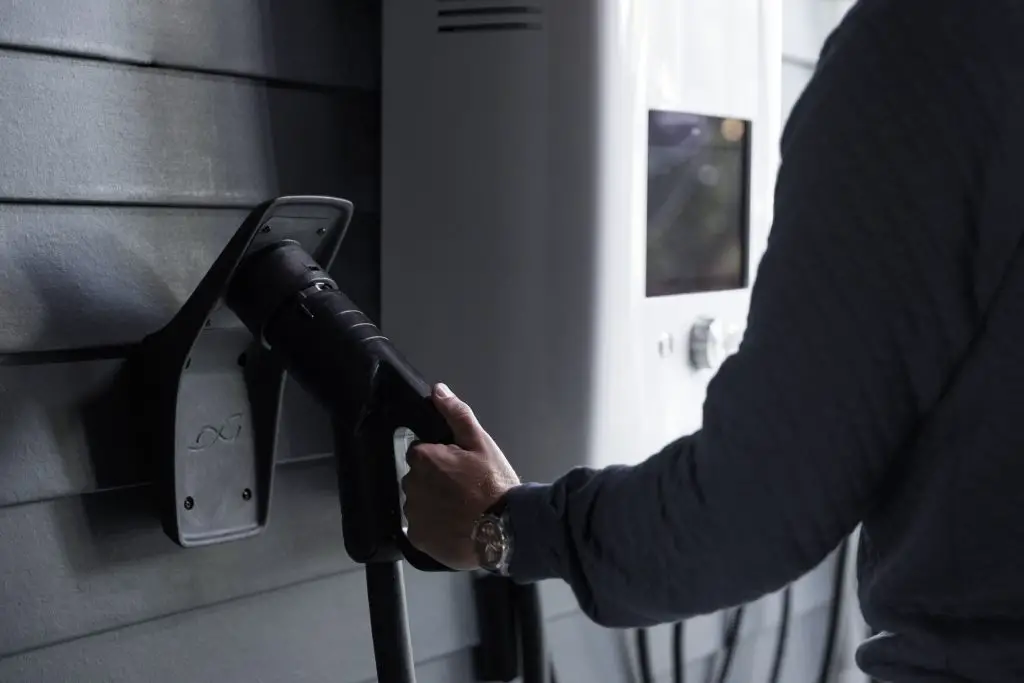
2. Choose an EVSE
There are many types of charging units available in the U.S market today. But you need to choose one according to your budget. Buy a unit with a high amperage if your budget allows it. Consider the length of the cable it comes with. The longer the cable, the better because it allows you to charge while parking far from the unit.
Consider buying a Charge Point Home Flex or The Juicebox, which have good reviews and come with accompanying smart apps. Smart apps are helpful in calculating charge time, charging sessions, and how much electricity your EV charging contributes to your electricity bill. Read this article for more help on choosing which EVSE to buy.
Consider if the type of EVSE you want is a plug-in or hardwired. There are hundreds of plug-in models available that don’t need much installing to do. It’s portable, and you only need to plug in these into a 240v socket. But these types are not recommended for hard use. Constantly plugging in and out of the device can damage it. They also are more dangerous to fire hazards than hardwired charging systems.
Hardwired EVSE is recommended for long-term use. It is suitable for usage both indoors and outdoors but needs to be installed properly with the help of a qualified electrician.
3. Select an appropriate location
When charging on-road or at work, always use the parking spot allocated. Charging spaces are usually off-road. Do not park in no parking areas or inappropriate places when charging.
When installing an EVSE at home, make sure to estimate the distance between the EVSE and your car. It should be assessed easily with the connecting cable. Parking and charging in the garage is always best, as it protects the car and your charging unit from the elements. Your car charging location should also decide whether you want a hardwired EVSE or a plug-in system.
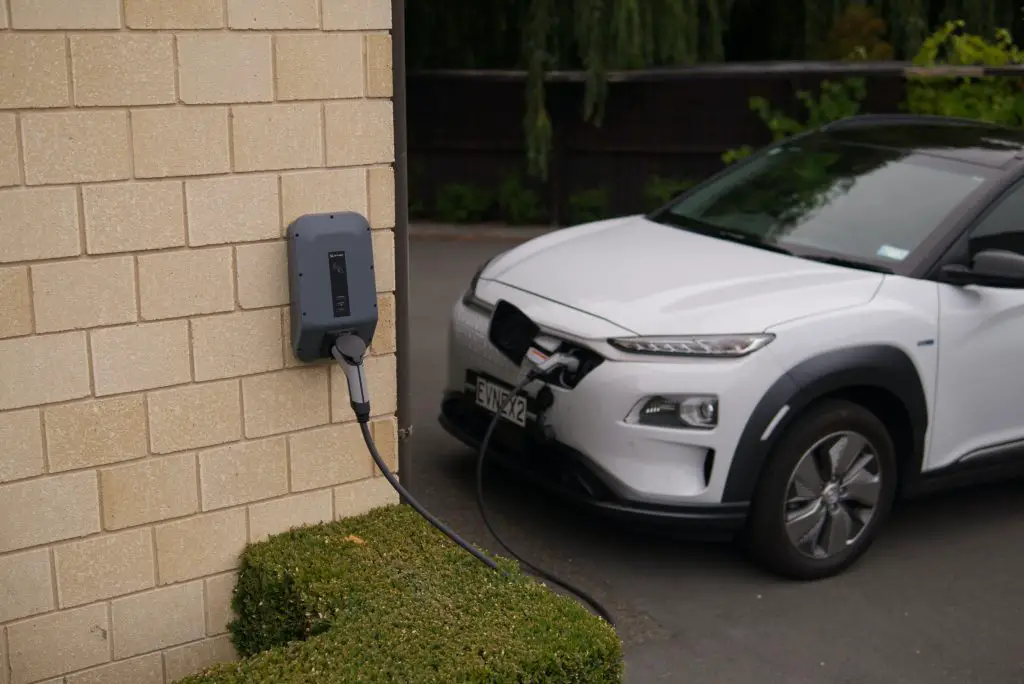
4. Hire an electrician and Install
If you have a 240v socket already installed in your home, all you have to do is buy a plug-in EVSE and plug it in to use. But if not, you have to consult an electrician to install it. You may even have to seek a permit from local authorities, depending on your state.
Both hardwired and plug-in EVSE has to be connected to a circuit breaker installed in the fuse box. This is important to prevent electrical malfunctions. Hardwired EVSEs are installed directly into the wall, and only a 240V receptacle is installed for plug-in systems. Most receptacles of 240V are NEMA 6-50, a standardized socket by the National Electrical Manufacturers Association.
And always hire a certified electrician to do the job. Installing EVSE is a fairly new technology. Your electrician needs to be up to date with EV charging and everything it concerns.
5. Charge
Yes, at last, you may plug in and start charging. Remember, never use any extension cord with a level 1 charging device. Keep your car battery from running down below 10% or overcharging it.
Follow the etiquette of EV charging when charging in public spaces. Consider charging at off-peak times to cut down on your electricity bill. Please read our article on the cost of charging EVs for additional information.

